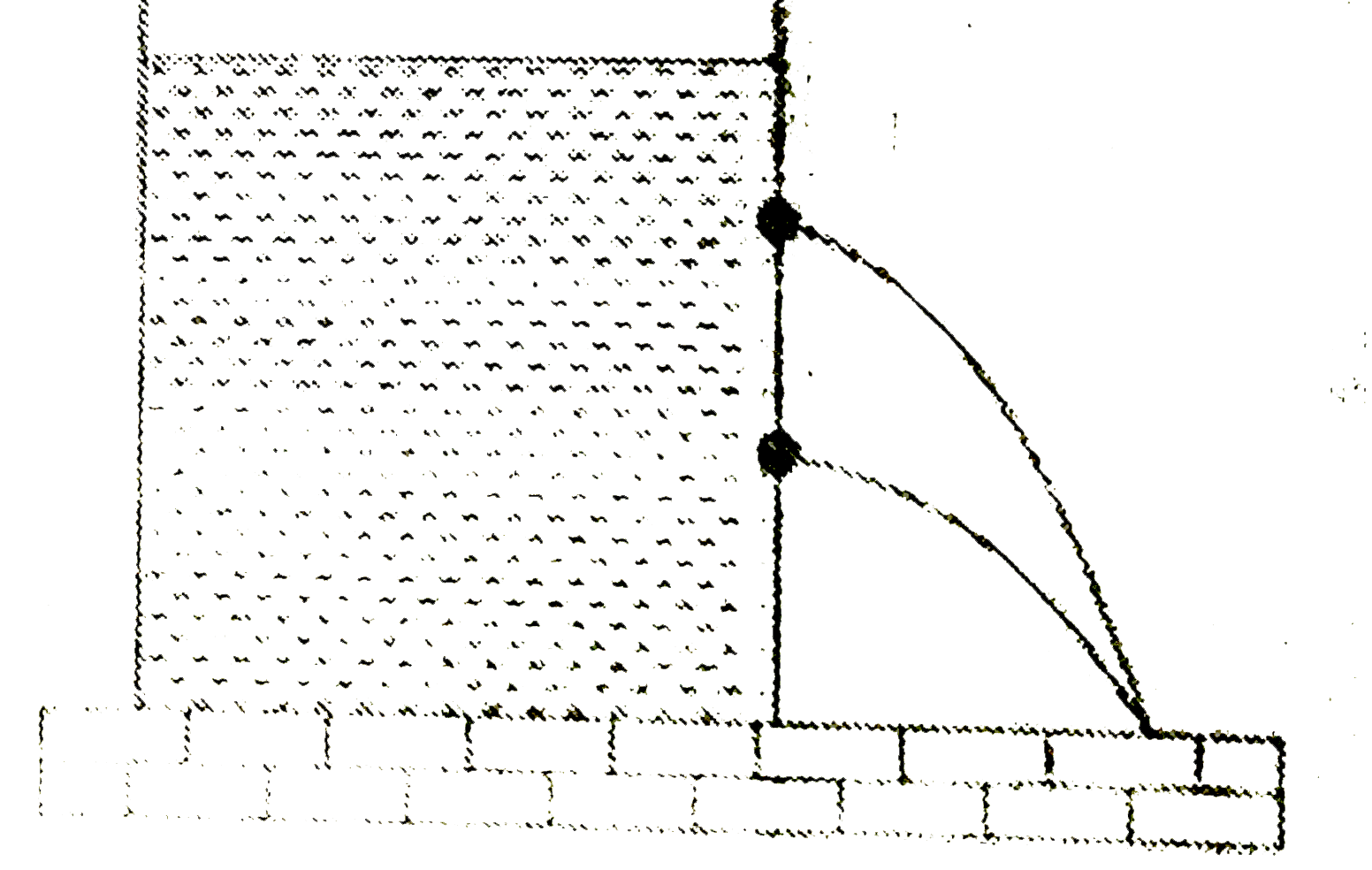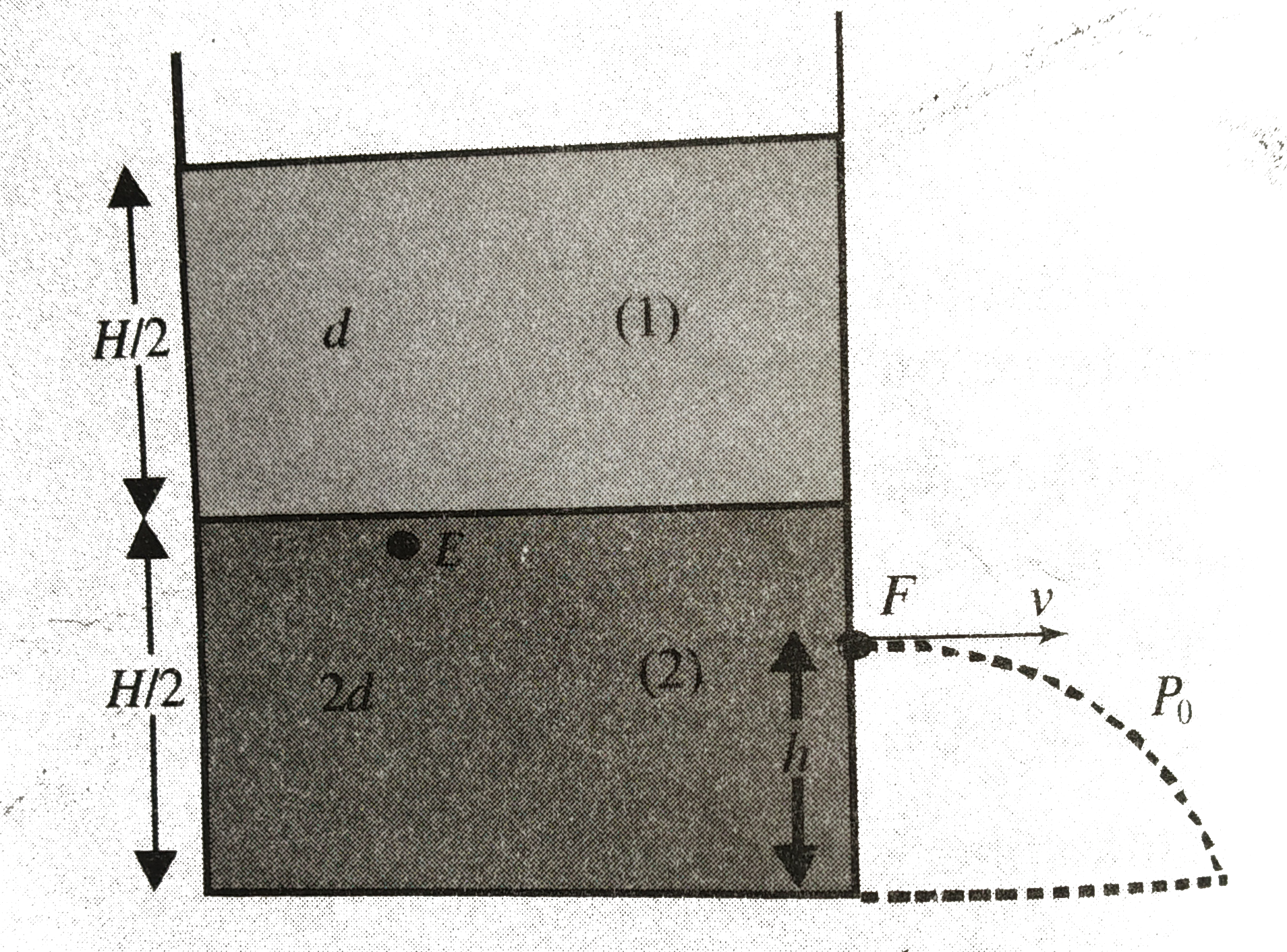Influx and efflux
The movement of ions in the cells is usually called flux: the inward movement into the cells is influx, and the outward movement, efflux.
Topper's Solved these Questions
- MINERAL NUTRITION BOOK - ICSECHAPTER - MINERAL NUTRITION EXERCISE - NCERT EXERCISE WITH ANSWER
8 Videos
- LOCOMOTIONA ND MOVEMENT BOOK - ICSECHAPTER - LOCOMOTIONA ND MOVEMENT EXERCISE - NCERT EXERCISES WITH ANSWER (DIFFERENTIATE BETWEEN)
8 Videos
- MORPHOLOGY AND ANATOMY OF DIFFERENT SYSTEM OF COCKROACH BOOK - ICSECHAPTER - MORPHOLOGY AND ANATOMY OF DIFFERENT SYSTEM OF COCKROACH EXERCISE - Long Answer type Questions
6 Videos
Similar Questions
Influx of K(+)ions into guard cells and efflux of H(+) ions from guard cells lead to
View Solution[A] : Poisons like cyanide inhibit Na+ efflux and K+ influx during cellular transport.
ATP supply required for the Na+ and K+ exchange pump is stopped.
View SolutionTry to explain the following observations:
If ATP is introduced into cells, Na+ efflux is stimulated.
View SolutionIn a cylindrical vessel containing liquid of density ρ there are two holes in the side walls at heights of h1 and h2 respectively such that the range of efflux at the bottom of the vessel is same. The height of a hole for which the range of efflux would be maximum, will be

View SolutionPoisons like cyanide inhibit Na+ influx during cellular transport. This inhibitory effect is reversed by an injection of ATP. This demonstrates that
View SolutionPoisons like cyanide inhibit Na+ influx during cellular transport. This inhibitory effect is reversed by an injection of ATP. This demonstrates that
View SolutionPoisons like cyanide inhibit Na+ influx during cellular transport. This inhibitory effect is reversed by an injection of ATP. This demonstrates that
View SolutionThe velocity of efflux of a fluid through an orifice 15 cm below the fluid surface (which is open to the atmosphere) is [Take g = 10 m s−2]
View SolutionA container of large uniform cross sectional area A, resting on horizontal surface, holds two immiscible non viscous and incompressible liquids of density d and 2d, each of height H2 as shown in the figure. The lower density liquid is open to the atmosphere having pressure P0. A tiny hole of area (s(s<<A) is punched on the vertical side of the container at a height h(h<H2). Determine

the initial speed of efflux of the liquid at the hole
View SolutionA container of large uniform cross sectonal area A, resting on horizontal surface, holds two immiscible non viscous and incompresible liquids of density d and 2d, each of height H2 as shown in the figure. The lower density liquid is open to the atmosphere having pressure P0. A tiny hole of area s(s<<A) is punched on the vertical side of the container at a height h(h<H2). Determine

a.the initial speed of efflux of the liquid at the hole
b. the horizontal disance x travelled by the liquid initially
c. the height hm at which at the hole should be punched so that the liquid travels the maximum distance xm initially. also calculate xm (neglect air resistance inte calculations).
View Solution
